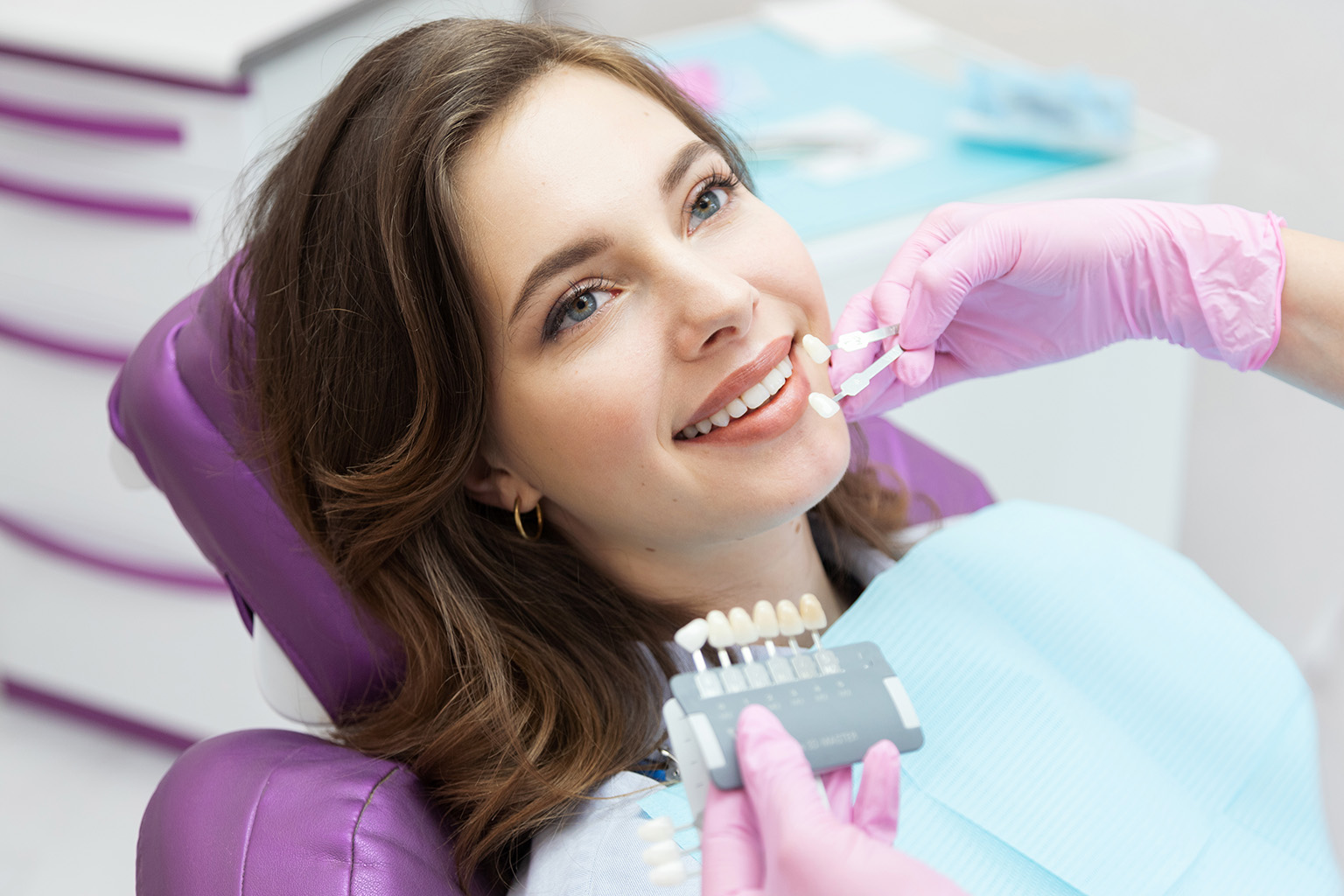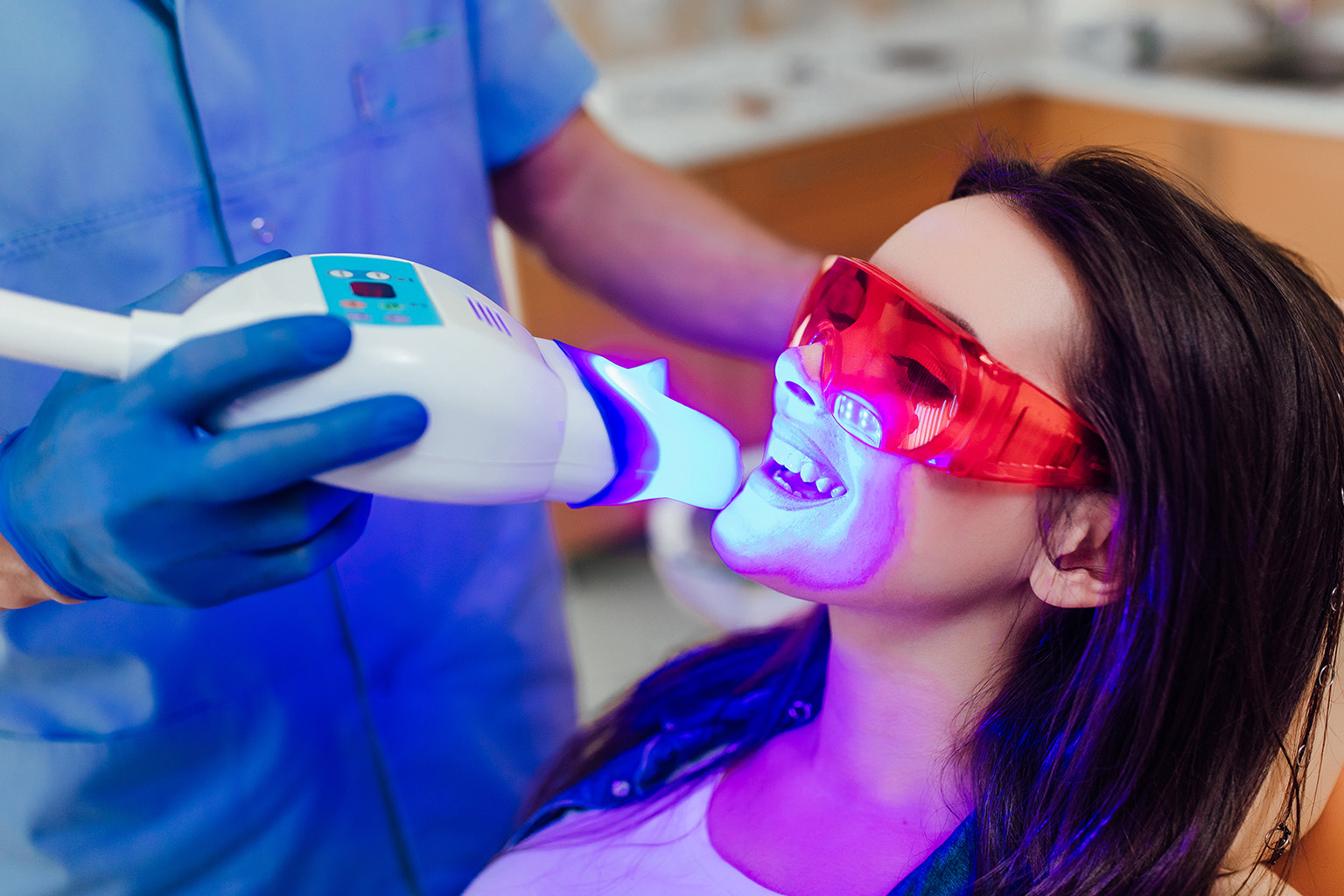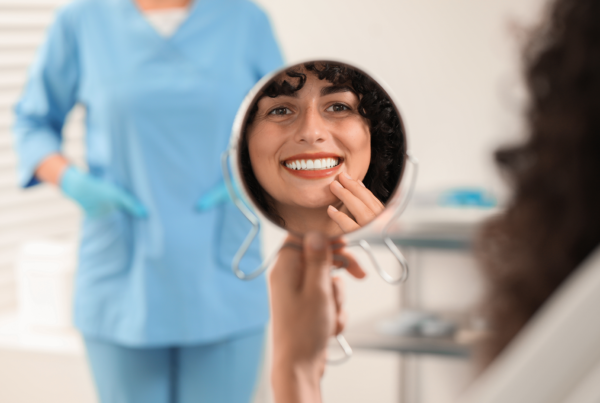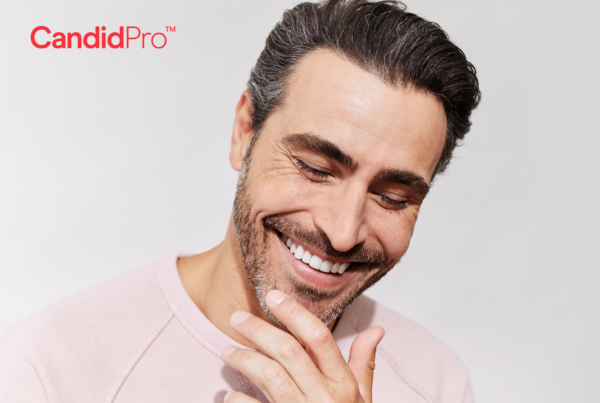A radiant smile is not just a marker of health, but it also boosts confidence, opening doors in both personal and professional spheres. For those looking to enhance the luminosity of their grin, understanding and preparing for teeth whitening is key. Here’s how to get your teeth ready for a transformation, explore professional whitening options, and understand the in-office procedures that await at your dentist’s office.
 How do I prepare my teeth for whitening?
How do I prepare my teeth for whitening?
Effective preparation is the cornerstone of a successful teeth whitening experience, impacting not only the immediate outcome but also the long-term health and appearance of your smile. The journey to a brighter smile should commence with a comprehensive dental evaluation. This preliminary step is crucial as it helps identify any underlying oral health issues, such as cavities, gum disease, or exposed dental roots, which could affect the whitening process or cause significant discomfort. Addressing these concerns prior to whitening ensures a smoother, more effective treatment and helps avert potential complications.
Following the initial check-up, a professional cleaning by a dental hygienist lays the foundational groundwork for whitening. This cleaning session goes beyond the standard plaque and tartar removal; it also targets surface stains on the enamel, which can often be reduced or eliminated before the whitening agent is even applied. This not only enhances the aesthetic results but also allows for the whitening agent to act more uniformly across the teeth, leading to a more consistent shade of white.
At home, preparation continues with diligent oral hygiene practices. Brushing twice daily and flossing at least once a day are essential to reduce plaque buildup and prevent new stains from forming. During this preparatory phase, it’s wise to adopt a toothpaste specifically formulated for sensitive teeth. These toothpastes typically contain potassium nitrate or strontium chloride, which can help alleviate tooth sensitivity by blocking the pathways through the teeth that attach to nerves, thereby reducing discomfort both during and after the whitening procedure.
Moreover, consider your diet and lifestyle habits in the weeks leading up to your whitening appointment. Consuming stain-inducing foods and beverages, such as coffee, tea, red wine, and berries, can counteract your preparation efforts. Smoking or using other tobacco products also contributes to tooth discoloration and can diminish the results of whitening. Therefore, minimizing or avoiding these substances can enhance the efficacy of the whitening treatment and lead to more satisfying results.
Finally, setting realistic expectations with your dentist about the whitening outcome is a vital part of the preparation process. Discussing the potential shade improvement and understanding the factors that affect whitening success, such as the natural color of your teeth and the presence of restorations like fillings or crowns, can help align your expectations with achievable results.
By following these comprehensive preparation steps, you not only maximize the potential for a brighter, more vibrant smile but also contribute to the overall health and longevity of your teeth and gums, paving the way for a successful and satisfying teeth whitening experience.
 What is the best way to whiten teeth professionally?
What is the best way to whiten teeth professionally?
Professional teeth whitening offers the safest and most effective results, under the expert guidance of dental professionals. In-office whitening provides immediate and noticeable effects, often lightening teeth several shades in just one visit. This method uses potent bleaching agents, activated by light or laser, to break down stains quickly and effectively. Alternatively, dentist-supervised at-home whitening kits can also produce excellent results over a longer period, tailored to fit individual needs and schedules.
 How are teeth whitened at the dentist?
How are teeth whitened at the dentist?
In the dentist’s chair, teeth whitening is more than a mere cosmetic procedure; it embodies a meticulous blend of art and science. The journey to a brighter smile begins with the crucial step of protecting the gums and lips. Dentists or trained dental hygienists apply a protective barrier, often a rubber dam or a gel-based substance, to shield the soft tissues from the potent effects of the bleaching agents. This precaution is fundamental in preventing potential irritation or chemical burns that can arise from exposure to whitening products.
Once the safety measures are in place, the dentist proceeds with the application of a high-concentration peroxide gel to the teeth. This gel is far more potent than what is available in over-the-counter products, making it effective at lifting deep-seated stains that have accumulated over years. The active ingredient, typically hydrogen peroxide or carbamide peroxide, penetrates the enamel to reach the discolored molecules inside your teeth, breaking them down through a controlled oxidation process.
To accelerate and enhance the whitening effect, a special light or laser is employed, activating the peroxide gel. This light or laser activation is a key differentiator in professional whitening, optimizing the gel’s bleaching power for faster and more dramatic results. The dentist carefully monitors the process, applying the gel in intervals, usually over three to four sessions within the appointment, each lasting about 15 minutes. Throughout this time, the dentist adjusts the concentration and exposure based on the teeth’s response to the treatment, ensuring a balance between efficacy and safety.
After completing the bleaching process, which typically lasts about an hour, the dentist removes the protective barriers and rinses the patient’s mouth. Immediate results are often visible, with teeth appearing several shades lighter than before the treatment. However, the true outcome becomes even more pronounced a few days post-treatment as the enamel rehydrates and stabilizes in color.
Post-treatment care is as critical as the whitening process itself. Dentists provide personalized aftercare instructions to help maintain the whitened teeth. This might include advice on dietary habits, recommending the avoidance of foods and beverages that can stain teeth, such as coffee, red wine, and berries. They may also suggest the use of specific toothpaste designed for sensitive teeth to minimize discomfort and maintain oral health. Additionally, follow-up appointments may be recommended to assess the success of the whitening and to determine if additional sessions are necessary to achieve the desired whiteness.
Teeth whitening at the dentist involves a detailed and controlled process that ensures not only effective results but also prioritizes the health and safety of the patient’s oral tissues. With professional oversight, the journey to achieving a luminous smile is both successful and satisfying, leaving individuals with a radiant and confident grin.
 In conclusion, achieving a brighter smile is a journey that begins with proper preparation, continues with professional intervention, and lasts with dedicated aftercare. At Encino Dental Studio, our team of experts is committed to providing personalized, effective teeth whitening services, ensuring that you leave with a smile that not only looks good but feels great. Ready to unlock the full potential of your smile? Schedule your appointment with us today and step into a brighter, more confident you!
In conclusion, achieving a brighter smile is a journey that begins with proper preparation, continues with professional intervention, and lasts with dedicated aftercare. At Encino Dental Studio, our team of experts is committed to providing personalized, effective teeth whitening services, ensuring that you leave with a smile that not only looks good but feels great. Ready to unlock the full potential of your smile? Schedule your appointment with us today and step into a brighter, more confident you!








